 Picture this: A B2B SaaS company with $2 million in funding and aggressive growth goals is struggling to meet lead-generation targets. The marketing team is consistently blogging, distributing content across their social networks, and producing high-quality premium content pieces monthly.
Picture this: A B2B SaaS company with $2 million in funding and aggressive growth goals is struggling to meet lead-generation targets. The marketing team is consistently blogging, distributing content across their social networks, and producing high-quality premium content pieces monthly.
Despite the effort, not enough people are finding and engaging with the content. In fact, they are still quite reliant on purchased contacts. So what should they do? It’s the universal marketing performance struggle.
Sound familiar?
Most startups suffer from a lack of reach at the top of the funnel. And it’s no wonder, considering the oversaturation of branded content and the ever-increasing battle for consumer attention.
That’s why it’s more important than ever that we plan faster, experiment more efficiently and adapt to constantly accelerate success. In fall 2015 we introduced Marketing Growth Hackathons as a planning model to do just that. Our goal was to condense 30 days worth of planning into 3 hours.
Related read >> The Marketing Growth Hackathon: Spend Less Time Planning, More Time Doing
Since that time we’ve conducted dozens of individual sessions for clients and group events at conferences. Inspired by the best ideas from those marketing strategy workshops, and the actual results from hundreds of marketing campaigns, this post explores some of our favorite tools and tips designed to make an immediate impact on your startup business.
To differentiate (and to start doing so today), your marketing team can take advantage of quick-win, growth-hacking techniques. Before jumping into new campaign concepts, ensure you have a strong foundation.
Interested in holding a Marketing Growth Hackathon at your business or conference?
First, Build a Strong Foundation for Your Startup Marketing Program
The most effective marketing programs are built upon three core pieces: a realistic marketing budget, a comprehensive martech stack and an intentional content strategy.
The average marketing budget is typically 7% - 12% of gross revenue, according to Mathew Sweezy at Salesforce. But, startups will likely exceed that average to achieve faster growth (13% - 30% of projected revenue). Setting the budget is no easy task, but ultimately, aim to set a budget that aligns with your growth goals.
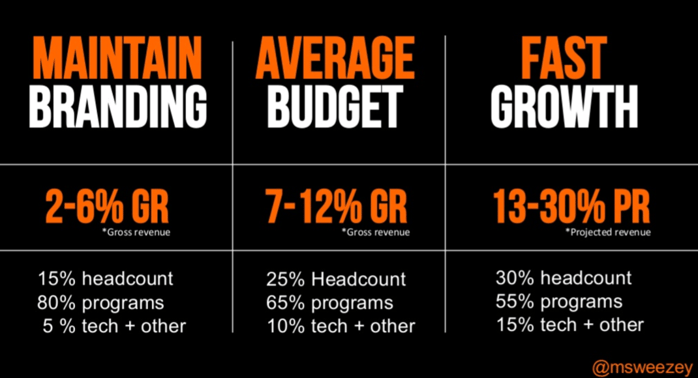
(Source: Mathew Sweezey)
Next, get your core marketing technology solutions—automation, CRM, sales, CMS—in place and make certain that sales and marketing are fully aligned. If you’re not sure where to start, HubSpot developed Startup Packages customized to your needs. Plus, you can always test drive the platform via the free plan.
The right martech stack will position you to better leverage key data points within the customer journey and provide your team with insights to create more dynamic, agile campaigns.
A documented content strategy is equally critical to building an impactful marketing strategy. After all, the most successful brands are also powerhouse publishers. Define a content approach that creates ongoing value for audiences at every stage along the path to purchase.
15 Quick Wins to Growth-Hack Your Marketing
Once you’ve got the foundation in place, it’s time to start accelerating growth. Here’s a collection of 15 quick wins and campaign ideas from my presentation at JumpStart’s Startup Scaleup August 2017 event. For the full list of 28 marketing ideas, you can download the presentation here.
1. Halo Effect Reach
Many startups and scaleups have the benefit of others betting on their success. Harness the support of others, and help others to help you. Activate investors, partners, and peers with an elevator pitch, prospect offer and incentive. Provide something as simple as an introductory email that your contact can copy / paste and pass along or even sample social shares.
2. Paid Traffic
Activate digital paid media to drive targeted traffic along a very specific path. The most successful content and offers are value-based, consider stages of the buyer journey and are often optimized by channel. The most common example is retargeting, a cookie-based technology that will serve up relevant ads based on your browsing history. And Facebook, a popular choice to say the least, offers custom ad targeting segments (pictured below).
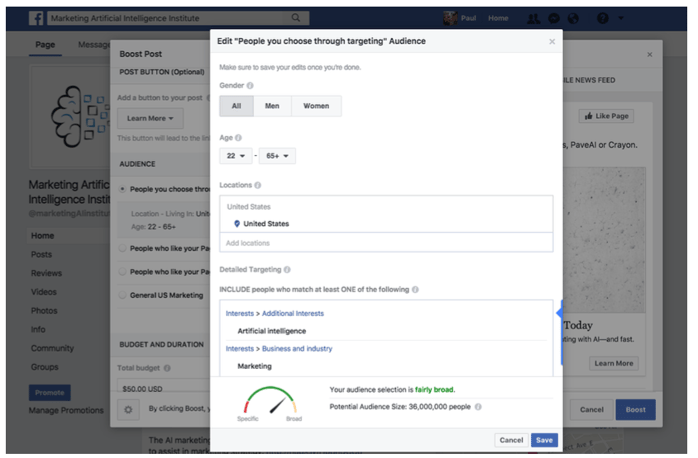
3. Custom Landing Pages
Send visitors, especially for paid campaigns, to landing pages that have content, images and CTAs optimized for conversion.
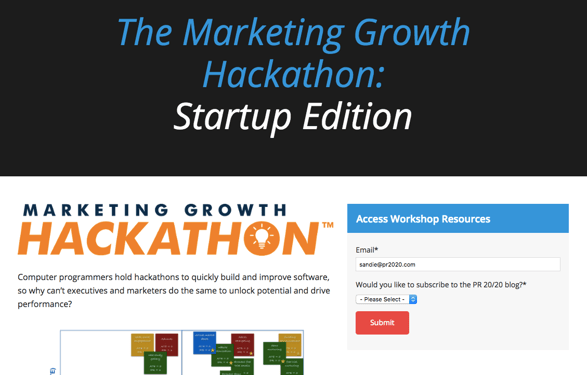
4. State of the Industry Report
Use your own product usage and data, or partner with an association or complementary brand to publish the definitive report for your industry. This is one of the most effective tactics we’ve seen to drive rapid lead growth, and also helps to position your brand as an industry thought leader.
5. Vertical Market Segmentation
Analyze your database within vertical markets and prioritize select trades, professions, etc. Then dive in to promote a market-specific report or piece of downloadable content, promoted to that vertical audience. Measure which verticals are performing best and where you can see the most potential for growth.
6. Conversion Rate Optimization
Audit top entry points, exit points, engagements and overall web opportunities to better convert onsite traffic. Implement the top three to five opportunities. For example, this might include an above the fold CTA, updated landing page layout, adding a CTA to top visited pages, etc.
7. Comparison Matrix
Help your audience out. If there’s a chance they’re comparing your product against the competition (and they probably are), do their homework for them to build brand love and trust. Below is an example from HubSpot.
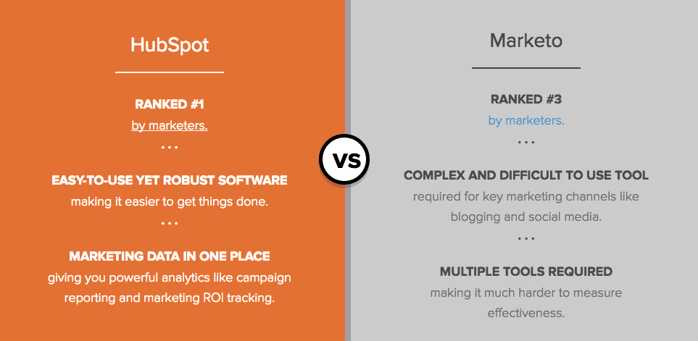
8. Premium Content
Use case studies, ebooks and white papers as the foundation of integrated lead generation campaigns. Below is a sample integrated campaign that used a case study, ebook, landing page, blog posts, emails, website, calls-to-action and social shares.
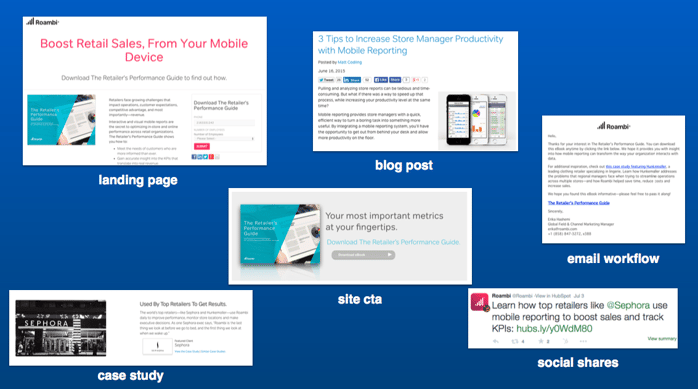
9. ROI Calculator / Interactive Tools
Help a prospect quantify the value your product may bring, and collect valuable lead qualifying information while you do it. Below is a sample Indirect Material Spend Savings Estimator. Not sure how to start building something like this? We also recommend SnapApp to build interactive content pieces, like quizzes, assessments, interactive videos and more.
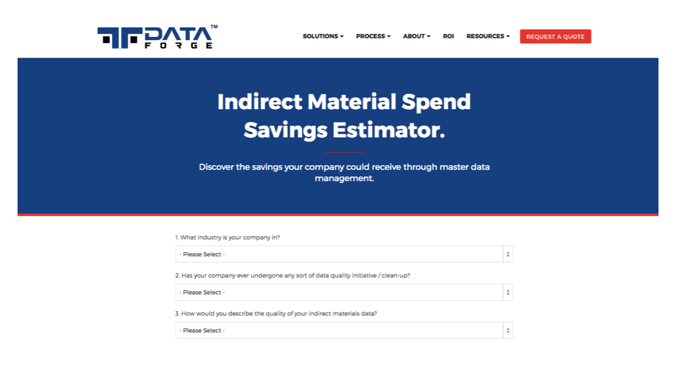
10. FAQ Content
Review website search, chat and call Q&A — or talk to your sales team — to discover the most asked questions. You can even simply start typing topics into Google to find trending terms, per the screenshot below. Then create marketing content around each question and answer.
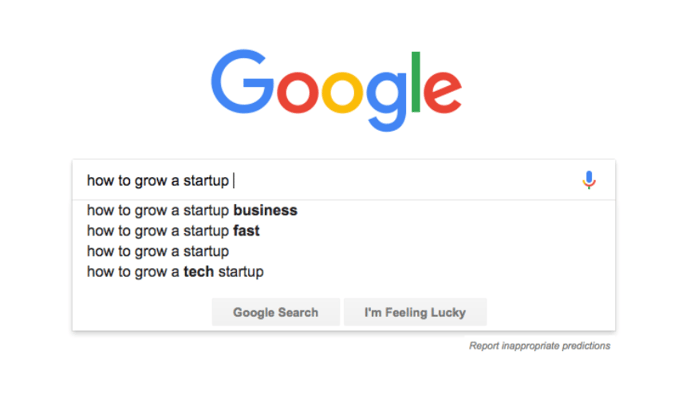
11. RFP or Buying Guide
Does purchase in your market often require an RFP? Write the Guide to _____ RFP and make sure your company has solid responses. Then, offer the premium resource to your target audience as a download. You’ll know they have intent to buy, and you’ll be prepared with a response to that RFP. Below is a sample via BuyerQuest.
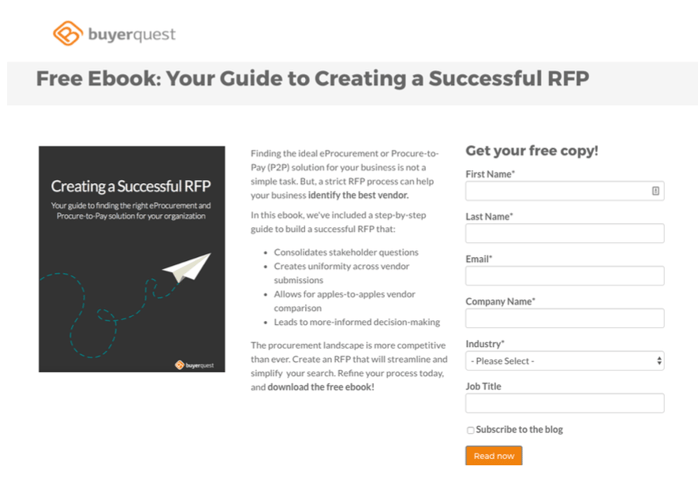
12. Expert Video Chats / Panels
Launch a monthly video chat. Have your internal expert lead conversations and Q&A with industry peers on hot topics and issues. Not sure what tech to use? We’re a fan of Zoom.
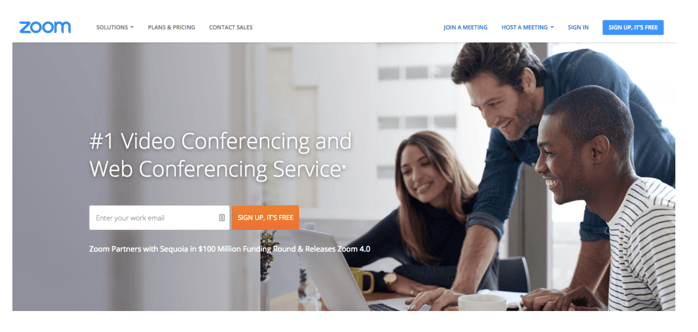
13. Repurpose Content
Reuse and remix existing content for other formats and channels. A few easy places to start include platforms like LinkedIn republishing (pictured below), SlideShare or Canva. Bottom line: ALWAYS BE ACTIVATING!
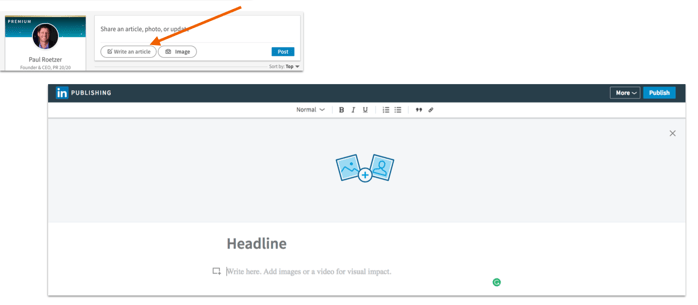
14. Speaking Engagements
If you have real expertise and a unique point of view (and you’re confident in front of crowds), be intentional about identifying and securing speaking appearances.
15. LinkedIn Sales Navigator
Research, monitor and engage with prospective clients. Sign up to watch a demo here.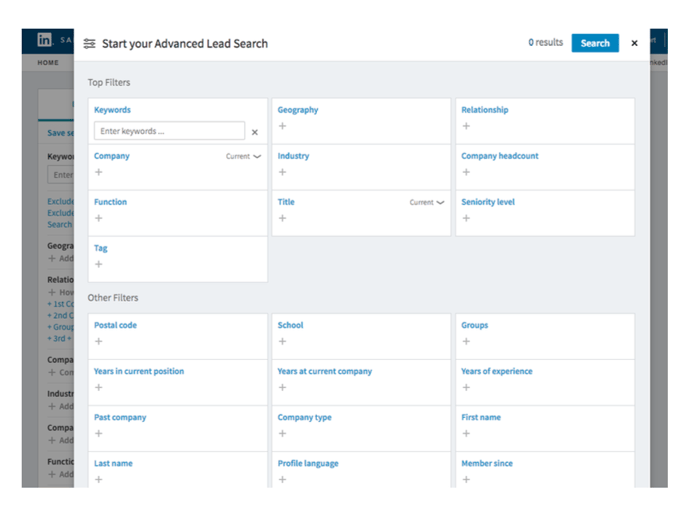
For more marketing hacks, download the full deck and gain access to all Marketing Growth Hackathon resources.

%20Logo_BlueOrange_Trademark.png?width=800&height=269&name=Ready%20North%20(RN)%20Logo_BlueOrange_Trademark.png)




.jpg?width=300&name=Services%20Hub%203%20(3).jpg)


